Homeworking ideas: make the most of your mobile audience!
Get more value from your time out of the office by using it to adapt your online content, to give your audience the best viewing experience on mobile devices

We live in a mobile world where many of us spend hours of our day consuming content via mobile phones and tablets. Part of the reason products such as the iPhone are so popular is their multifunctionality - the technology allows us to carry out many tasks and access information from the convenience of a device which sits in the palm of a hand.
For content creators however there are some challenges raised by the hand-held format. The smaller screen size can pose problems for displaying detailed photographs, while the lower processing power of smartphones and tablets, compared to high-specification laptops, can make viewing high resolution files a less-than-smooth experience.
If we want our websites, blogs and social content to have the same reach as our competitors, we need to ensure we have access to the mobile audience by rethinking our online process, for a streamlined viewer interaction.
Make the most of your time at home to rethink your online strategy and tweak your web portfolios to increase your reach in these uncertain times.
File formats
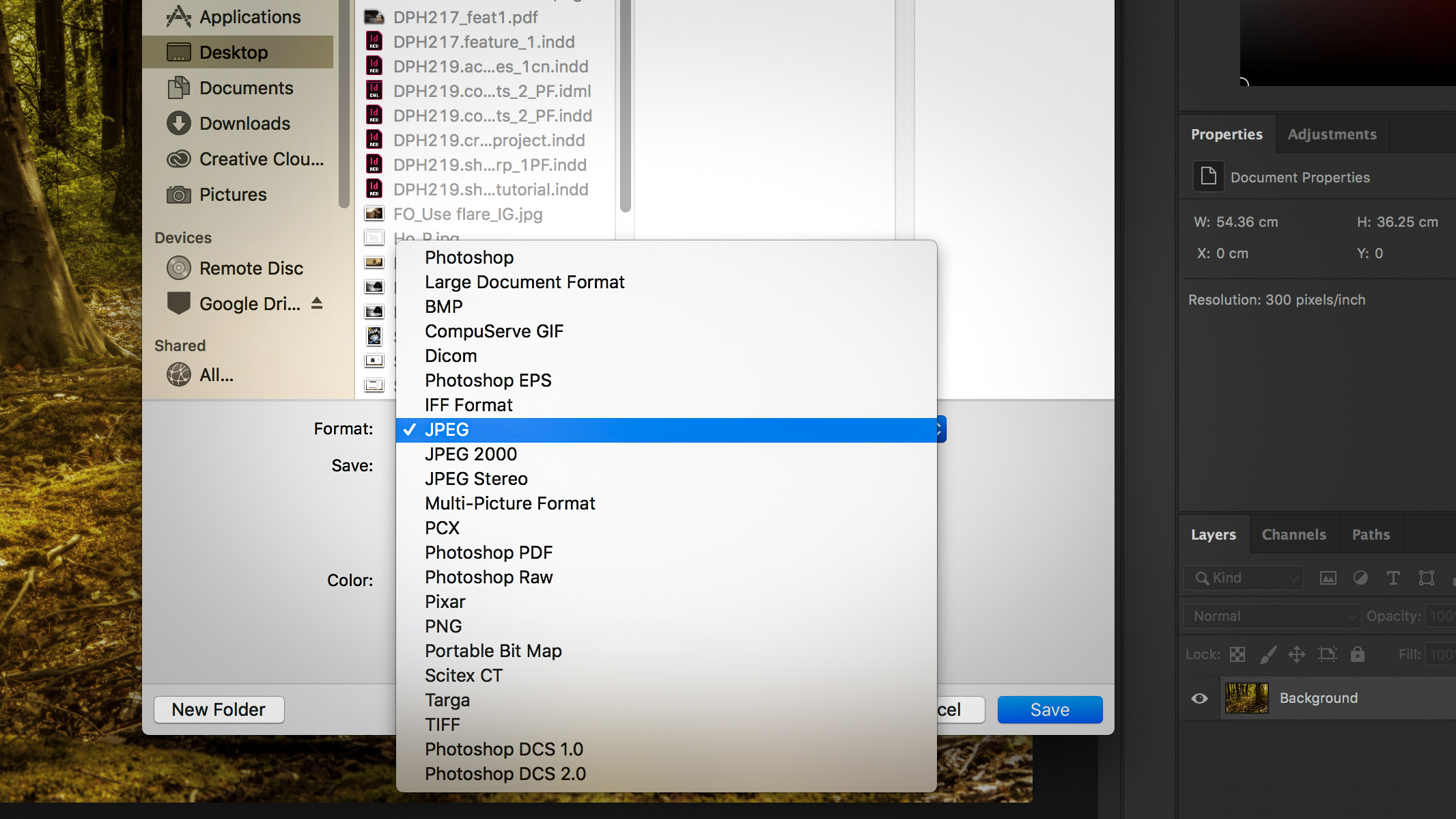
When uploading images to blogs or websites, while many systems accept a multitude of image file formats, be mindful of how each of these may impact on webpage functionality. PNG files can sometimes cause slow loading, especially on mobile devices. With so much content available, our audience must be engaged immediately to hold their attention, so show preference to jpegs for faster webpage performance.
Read more: 8 tips to get the most out of your Canon kit at home
Avoid lengthy prose

When writing blogs, structure your content so that text is divided into tidy paragraphs, rather than creating an extensive block of copy. While viewing long form articles on a desktop is commonplace, when reading on a smartphone or tablet it can be hard work to scroll through large paragraphs. While your overall article length can be unlimited, break it up with images or other media.
Get the Digital Camera World Newsletter
The best camera deals, reviews, product advice, and unmissable photography news, direct to your inbox!
Aspect ratio
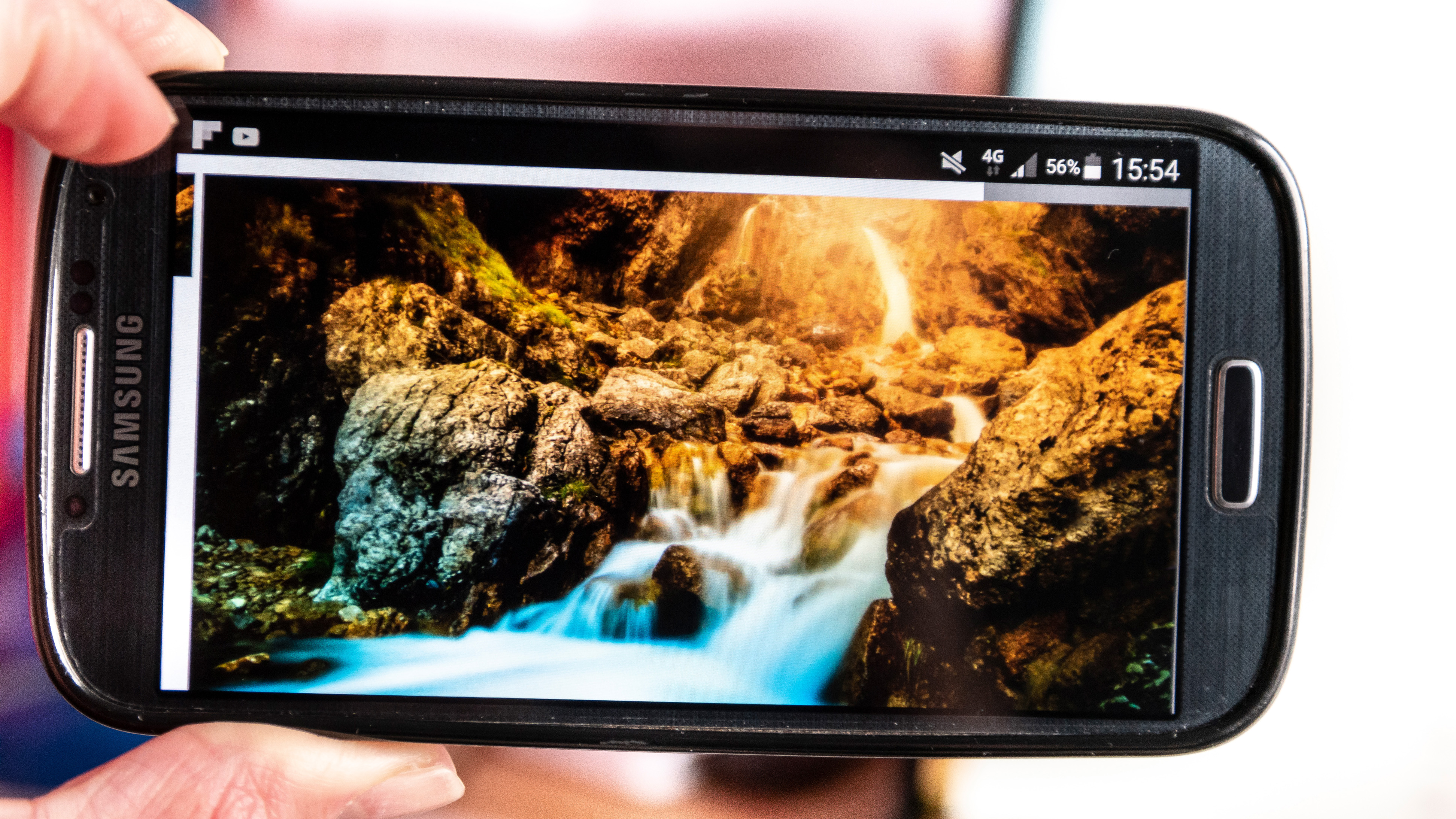
Remember that users of mobile devices spend the majority of time holding the products in portrait format. This often translates to a tall, narrow viewing area - perfect for reading text but limiting for image display. Select a 16:9 ratio to encourage users to rotate their screens, so these can be filled with an image, or opt for a squarer format such as 4:3 for a similar appearance in both orientations.
Exclude Flash Content
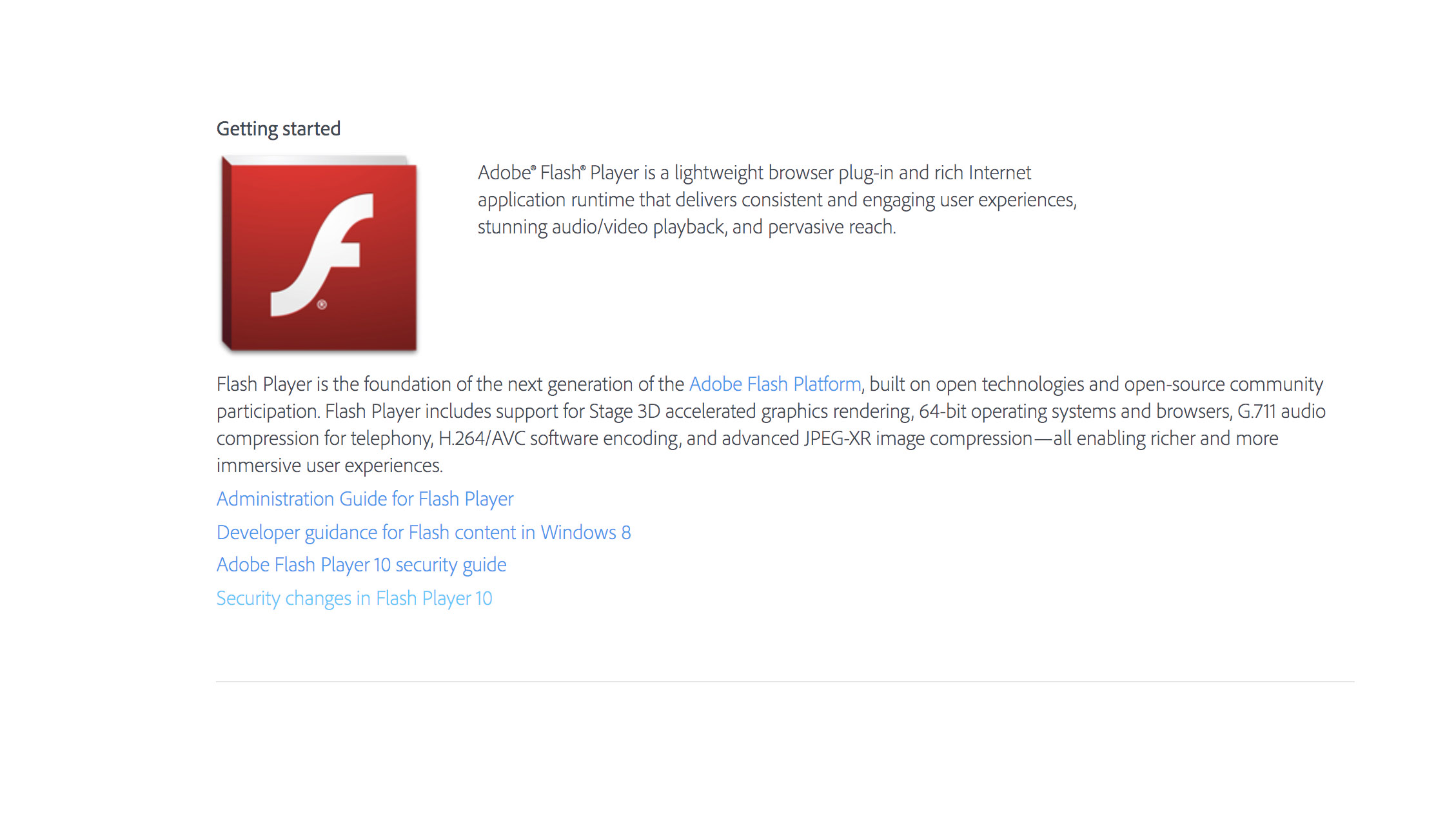
Adobe Flash has become part of the proverbial furniture as far as web design is concerned, yet it can slow browser performance considerably. Traditionally used to power embedded videos, animations and rich internet applications, Flash is now seen as an unnecessary burden on loading speeds, especially for mobile browsing.
Read more: The best webcam for home working
Improve interactive experience

Navigating on a small screen can be problematic, since buttons and page controls are harder to activate when occupying less physical area. Make use of the dedicated mobile design tools which many content management systems provide, to build mobile versions of your website featuring larger buttons and a layout which is friendlier to small screen operation.
Scrollable content
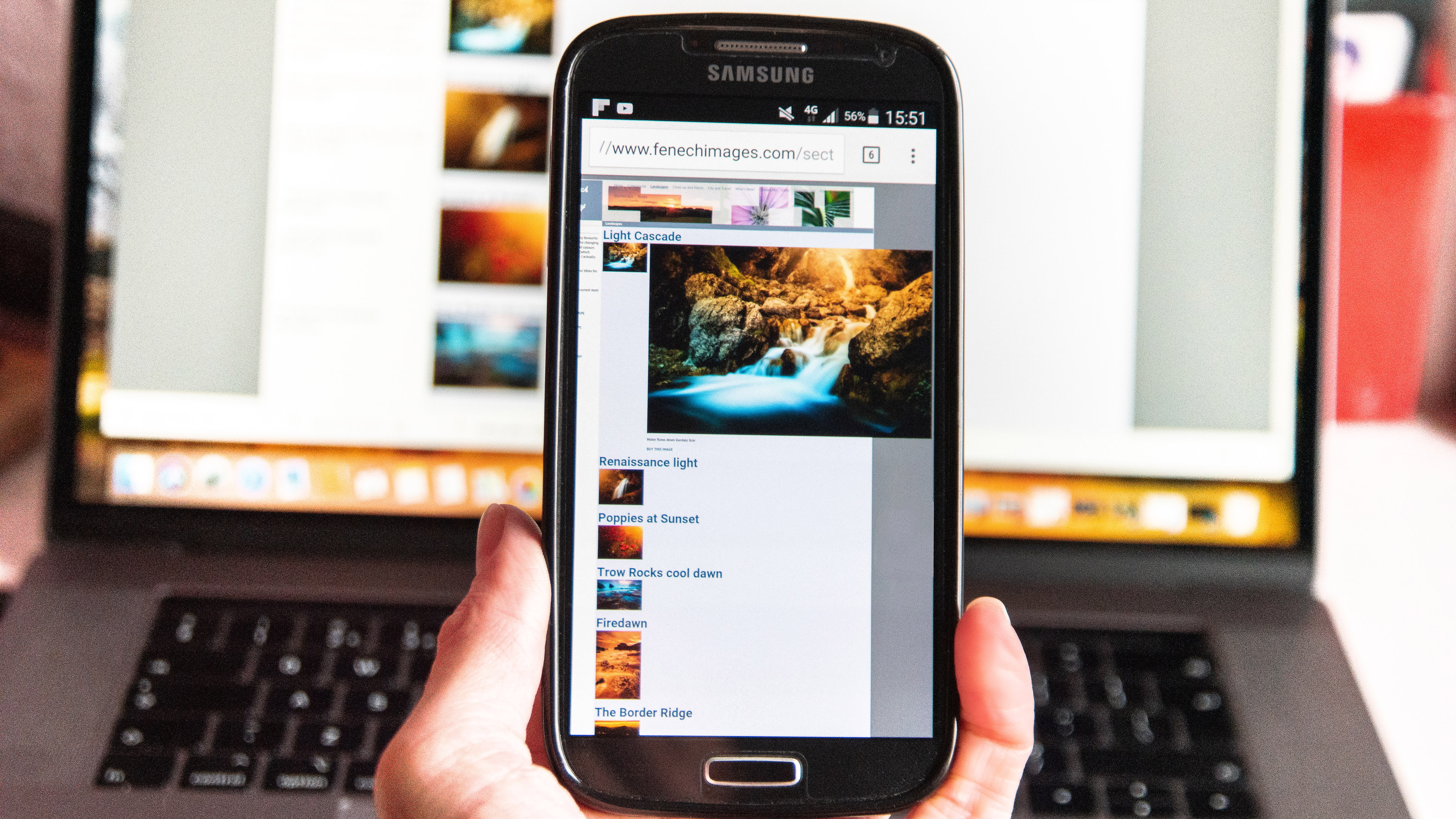
Swiping is a familiar gesture to mobile users, and in the context of keeping our audience on our site for as long as possible, familiar is a powerful factor. Page photo carousels, list-form galleries and slideshows are all conducive to creating scroll-friendly page functionality on mobile devices. If users can quickly and easily move between pages or images they are more likely to view a greater amount of the content we want them to see.
Conclusion
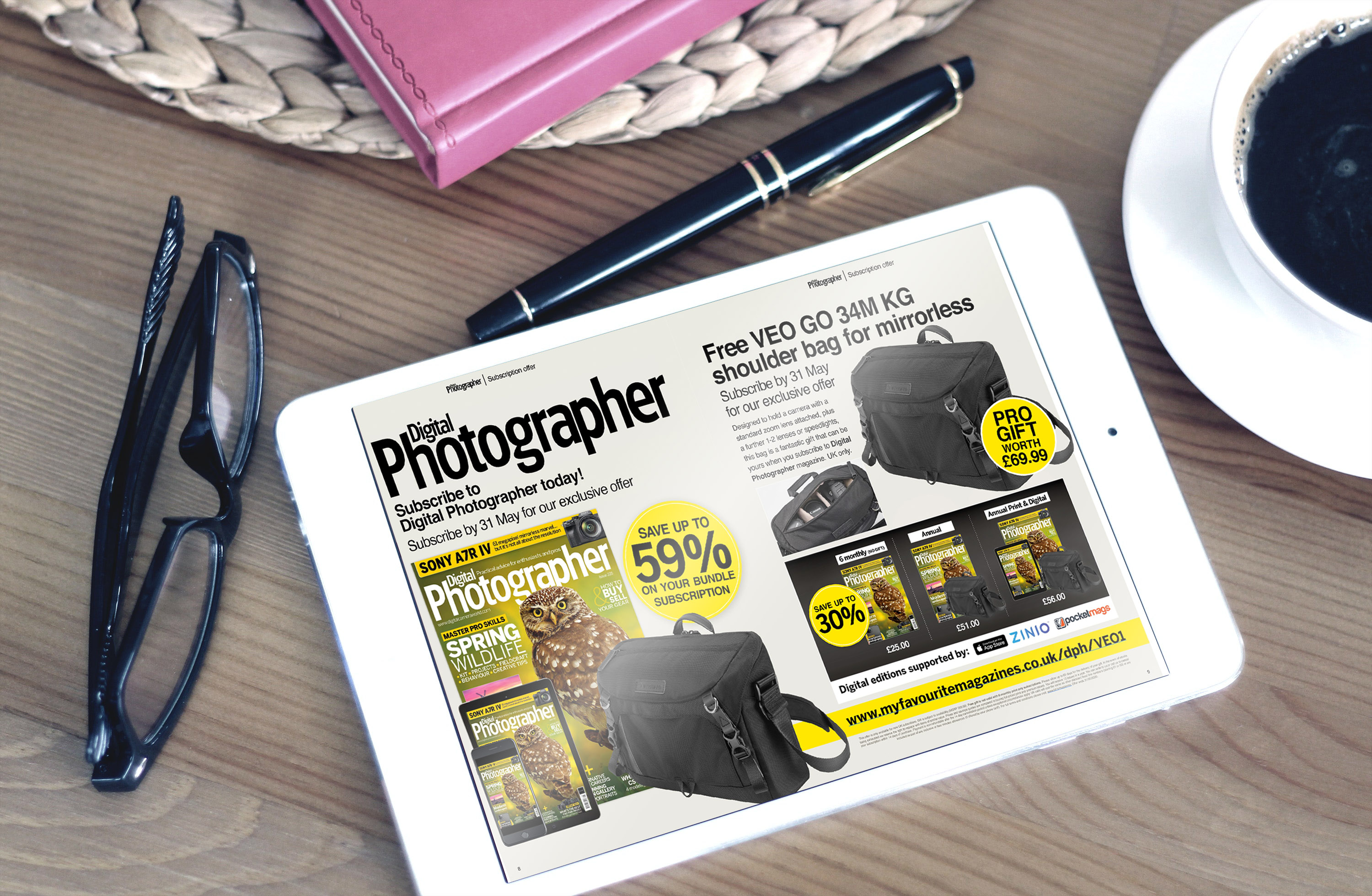
With so many people viewing our work on mobile devices, it is critical that we ensure our online audience has an enjoyable experience when visiting our websites and photo portfolios. If we fail to do this we may be missing out on a huge slice of the available market.
Read more:
The best MacBooks for photo editing in 2020
Social tips for photographers: 6 steps for improving your social media performance
10 positive ways to keep your photo business busy during Corona isolation
Digital Photographer is the ultimate monthly photography magazine for enthusiasts and pros in today’s digital marketplace.
Every issue readers are treated to interviews with leading expert photographers, cutting-edge imagery, practical shooting advice and the very latest high-end digital news and equipment reviews. The team includes seasoned journalists and passionate photographers such as the Editor Peter Fenech, who are well positioned to bring you authoritative reviews and tutorials on cameras, lenses, lighting, gimbals and more.
Whether you’re a part-time amateur or a full-time pro, Digital Photographer aims to challenge, motivate and inspire you to take your best shot and get the most out of your kit, whether you’re a hobbyist or a seasoned shooter.

